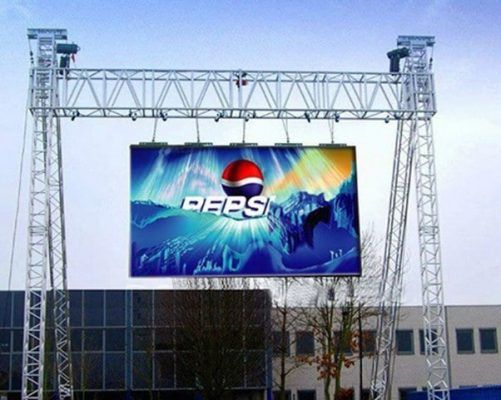recently, many customers asked why full-color led display should use video processor. it is not exaggerated to say that the quality of video processor directly determines the display effect of full-color led display. today, we will take the vast number of users to understand this led video display problem in depth.

1. motion compensation
motion compensation for slow and fast images. good motion compensation technology can reduce the sawtooth phenomenon of moving image edge in full-color led display.
2. deinterlacing scanning
in order to reduce the bandwidth of video signal better, it is necessary to use interlaced scanning technology to improve the resolution. at this time, the full-color screen needs to pre-process the interlaced signal. it can deal with interlaced scanning technology well and eliminate the tracing effect during live broadcasting and shooting.
3. scaling
full-color screen usually adopts modular design and mosaic display, because it is the most flexible display product in all flat-panel display media. however, this product has some drawbacks, that is, the flexibility will be slightly slowed down, especially the display resolution of each engineering application is difficult to find in the standard. therefore, video processor is especially needed to provide scaling function.
4. image reduction
in general, the lattice resolution of display panel engineering applications is below 1024*768. video processor is required to reduce the access signals to the resolution of the corresponding terminal, and video processing equipment is required to have the function of point-by-point pixel scaling.
5. image enlargement
due to the rapid development of more and more engineering applications such as advertising volume, the resolution of full-color led display is no longer limited to the conventional resolution. some engineering applications even reach the level of 2048. in similar applications, video processors are required to have image enlargement technology. the processing bandwidth within a video processor can reach or exceed the lattice area in atypical applications.